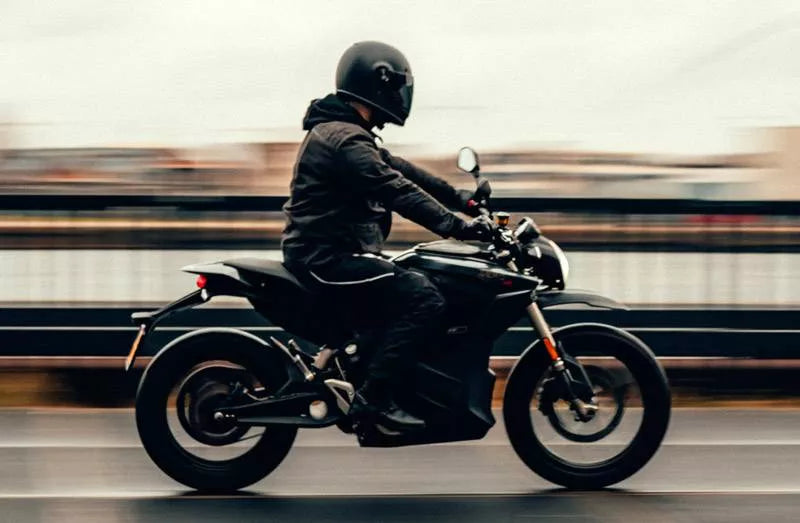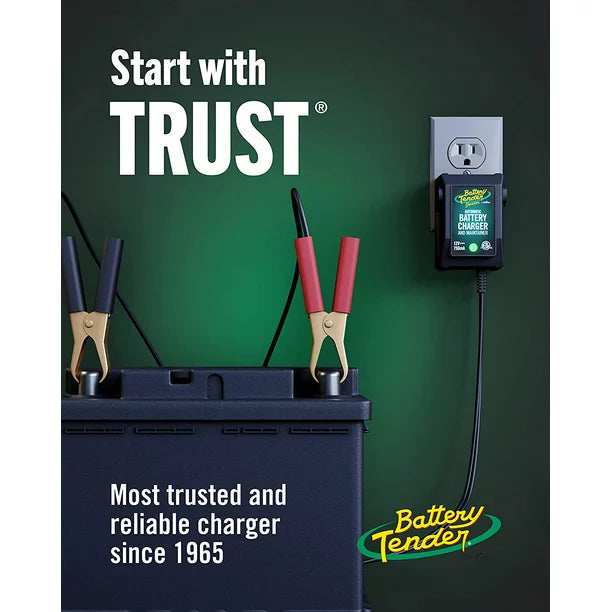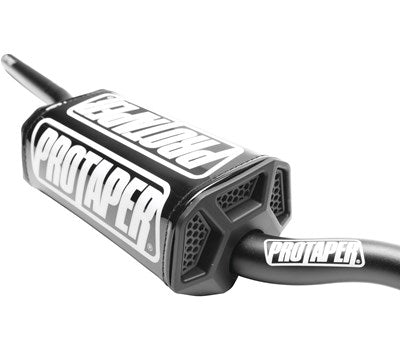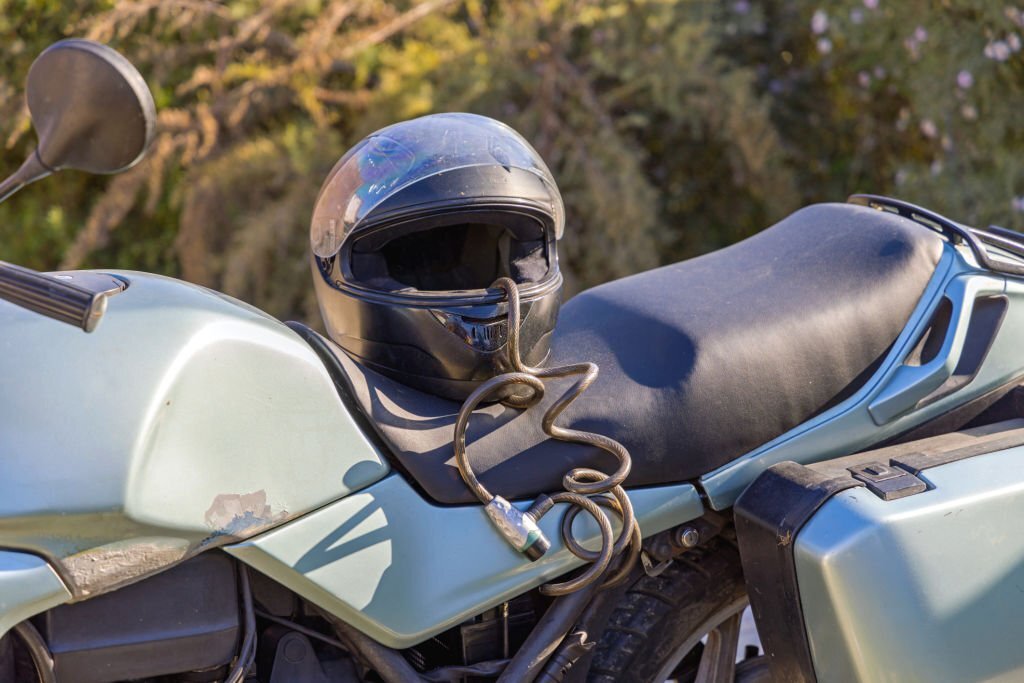Riding Uninterrupted: Powering Your Motorcycle with Gel Batteries
When it comes to powering your motorcycle, batteries are a key component. They ensure that your ride operates smoothly and provides you with an uninterrupted experience. Amongst various types of motorcycle batteries, one variant that has gained traction for its unique properties is the gel motorcycle battery.
So what exactly is a gel battery? Is it suitable for your motorcycle? Let's break it down.
Gel Batteries: A Robust Power Solution
Gel batteries, often referred to as 'dry cell' batteries, are a type of VRLA (Valve-Regulated Lead-Acid) battery that uses a gel substance as the electrolyte. This gel is a mixture of sulfuric acid and silica, which forms an immobile and sticky mass.
Yes, you can use a gel battery in a motorcycle. In fact, gel batteries are an excellent choice for motorcycles due to their spill-proof design, deep discharge capability, and impressive life expectancy. These batteries, including popular choices like the Poweroad Nano Gel, offer reliable power, especially for vehicles that require robust and sustained performance.
However, like all things, gel batteries do come with their own set of disadvantages. Their main drawback is their intolerance to high voltage. Overcharging a gel battery can lead to irreversible damage, reducing its overall lifespan. Moreover, they typically have a higher upfront cost compared to their AGM (Absorbent Glass Mat) counterparts.

Lifespan and Maintenance: Getting the Most out of Your Battery
With proper care, a gel motorcycle battery can last anywhere between 2 to 5 years or even more. The actual lifespan depends on various factors including the type of bike, the climatic conditions, and how well the battery is maintained. For tips on extending your battery's life, especially during the harsh winter months, check out our guide on motorcycle battery care in cold weather.
AGM batteries and gel batteries are often pitted against each other, with riders wondering if one is better than the other. The truth is, both batteries have their advantages. AGM batteries are known for their fast charging and high current delivery, making them suitable for high-performance motorcycles. On the other hand, gel batteries excel in deep cycle applications and stand up better to long periods of inactivity.
Indeed, you can replace an AGM battery with a gel battery, especially if you're looking for a longer lifespan and better resistance to deep discharges. However, this should be done with caution, taking into account the charging requirements of gel batteries. This leads us to the question of charging gel batteries.
Charging a Gel Battery: The Dos and Don'ts
The charging process for gel batteries requires a bit more attention compared to other battery types. Although it's possible to charge a gel battery with a regular charger, it's not the most advisable method. Gel batteries are sensitive to high voltage, and charging them with a non-compatible charger may lead to damage from overcharging. This is why it's important to use a charger specifically designed for gel batteries. At Moto1, we provide a range of suitable battery chargers to ensure the longevity and safety of your battery.
But what about trickle charging? Can you use a trickle charger on a gel battery? Yes, you can. Trickle charging, which involves charging a battery at a similar rate as its self-discharge rate, can be used with gel batteries. This method helps maintain the full charge state of the battery and can be a good option if your motorcycle won't be used for an extended period.
If you're interested in understanding more about the different types of chargers suitable for your battery, you can explore our comprehensive guide on choosing the best motorcycle battery for your ride.
"The right charger for the right battery not only ensures long-term performance but also safeguards the battery's health."
Jump-starting a Gel Battery: Yay or Nay?
Jump-starting a battery is a common practice when it comes to dealing with a discharged battery. However, when it comes to gel batteries, the practice is a bit contentious. While technically, it's possible to jump-start a gel battery, it's generally not recommended. Jump-starting can impose a sudden high load on the battery, which may cause it to overheat and potentially reduce its lifespan.
Now that we've covered the basics of gel motorcycle batteries and their maintenance, let's delve into some popular choices for your motorcycle. Amongst the wide array of options, the 'nano gel motorcycle battery' stands out.## Embracing the Poweroad Nano Gel: A Leap Forward
Moto1 offers the cutting-edge Poweroad Nano Gel battery, a product that stands tall in the field of gel motorcycle batteries. This battery not only ensures a long lifespan but also offers a seamless performance under various conditions. It's a dry cell battery, indicating no free liquid, which is great for motorcycles due to their changing positions and angles during rides.
The Poweroad Nano Gel battery has several benefits to consider. Its sturdy construction ensures resistance to shock and vibration, providing you with the confidence of an unswerving performance during your adventures. Additionally, it boasts an improved cycle life when compared to other traditional batteries, making it a cost-effective solution in the long run.
You can check out the Poweroad Nano Gel battery amongst our extensive range of motorcycle batteries.
"Choosing the right battery is not just about performance. It's about matching your journey's spirit, the road's rhythm, and the bike's pulse."
Gel Battery vs. AGM: A Battle of Tech Giants
When deciding on a battery for your motorcycle, you may also encounter AGM (Absorbent Glass Mat) batteries. While both gel and AGM batteries fall under the umbrella of sealed lead-acid batteries, there are some key differences to note.
Gel batteries employ a silica type gel that suspends the electrolytes, providing even distribution of the electrolyte across the battery plate. AGM batteries, on the other hand, use a glass mat to wick the battery electrolyte between the battery plates.
So, is a gel battery better than an AGM? That primarily depends on your specific needs and the conditions under which your motorcycle operates. Gel batteries can be an excellent choice for deep cycle applications and are more resistant to extreme temperatures. AGM batteries, however, can deliver high currents, making them suitable for motorcycles with more electronic components.
Can you replace an AGM battery with a gel battery? Yes, but with caution. Always ensure your motorcycle's charging system is compatible with a gel battery to avoid any potential damage.
You can find a selection of both AGM batteries and gel batteries at Moto1.
We've barely scratched the surface when it comes to the depth and breadth of knowledge about motorcycle batteries. If you're looking to understand more about these powerhouses, dive into our informative blog post on Understanding Motorcycle Battery Sizes.







2 comments
Hi Neville, Yes the right battery for your bike is
https://www.moto1.nz/products/electrical-gel-batteries-yg53030-nano-gel-battery-sealed-poweroad-53030-12n243-ac-cyg53030
They have the same charging requirements as lead acid.
Thanks
1990 BMW R100RS, looking to replace a lead acid Katana Y60-N24L-A battery with something of
similar size that will suit the charging system on the bike which has a fixed regulator of 14.2V max. Do the Gel batteries have the same charging requirements as the lead acid. I understand Calcium and AGM require a higher voltage for charging.